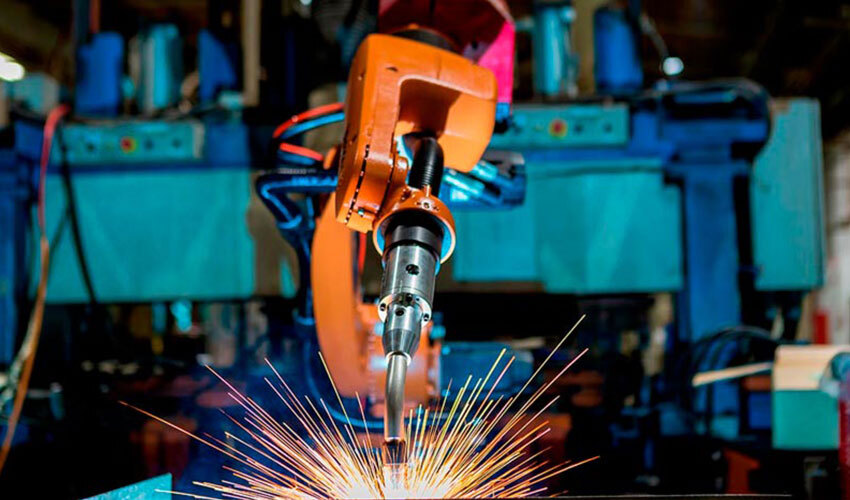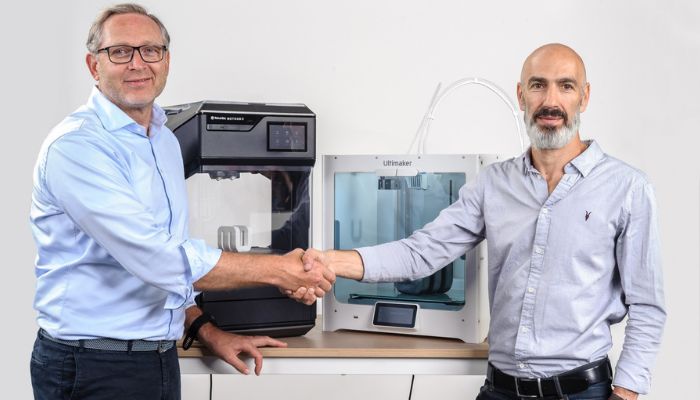
It’s time to review the situation of the 3D printing market in 2022 as the year comes to a close. Alternatively, to put it more precisely, it’s time to reflect on the patterns that dominated the additive manufacturing sector. And it was undeniably evident this year that the AM sector is advancing further than it had in prior years. aFor instance, it has continued to industrialize and recover from the epidemic, shifting particularly toward large-format 3D printing and larger-scale enterprises. Actors in the field also keep putting sustainability first.
There is no secret that 3D printing in particular and sustainability go hand in hand. Because AM may reduce waste, it is sometimes hailed as a far more environmentally friendly technique. But it is not without flaws—plastic use, in particular, stirs up debate—the emphasis on improving the technologies and promoting environmental responsibility with 3D printing has only gotten stronger. We may highlight the fact that the Additive Manufacturing Green Trade Association (AMGTA), which includes several industry leaders in additive manufacturing as members, is growing in particular. The association now has 50 members, a significant rise from the start of 2021.

Having said that, we also observed a number of fresh trends taking over the industry. But precisely what are these trends? What has changed since last year? Where do you think AM will be in a few years? We paused at the end of the year to consider the most important lessons for the 3D printing industry in 2022.
In 2022, Consolidation Will Be the Focus of 3D Printing
We looked at a report at the start of the year that claimed the 3D printing market was not likely to consolidate anytime soon. That was immediately shown to be false, though. In 2022, the industry had significant growth, but we also observed numerous indicators of consolidation in the 3D printing market, including collaborations in addition to mergers and acquisitions.
The combination of Ultimaker and Makerbot in May 2022 was arguably one of the biggest consolidation surprises of the year. If you’ve been around 3D printing for a while, you might recall that Stratasys actually purchased MakerBot first in 2013 and that it was one of the original desktop 3D printer firms to come out of the RepRap movement. The Cura software, one of the most popular slicers among 3D printing fans, is another reason Ultimaker is highly known on the market in addition to its desktop solutions.
The merger was finalized in September of this year, resulting in the launch of a new brand called UltiMaker. By merging their current capabilities and solutions and investing in fresh R&D for more goods, the firms have both emphasized that the merger is essential to “fueling global 3D printing innovation.” “As we begin the next chapter together as UltiMaker, we will continue to focus on developing 3D printing breakthroughs to enhance the availability of affordable and user-friendly 3D printing solutions,” said Nadav Goshen, the former CEO of Makerbot and the current CEO of the new combined firm. With the help of our employees and technical know-how, we can create and provide a wide range of goods to assist professional, uses in education and small-scale industry.

Yet, it’s not the only illustration. The year got off to a promising start in February when 3D Systems revealed that, following a year of selling off various corporate components in 2021, it would be acquiring Titan Robots and Kumovis and making a long-awaited comeback to the FDM industry. dp Polar GmbH, a German firm that designs and manufactures an AM system that has been designed for high-speed mass production of bespoke components, was also a target for the company’s acquisition in August.
Similar to this, Stratasys, one of the first and foremost 3D printing producers, revealed in August that it had acquired the 3D printing materials division of Covestro. A software firm recognized for its generative design program, ParaMatters, was also purchased by Carbon as its first acquisition. And at this point, you might be noticing a pattern among many of these mergers and acquisitions over the years. In particular, we saw that AM companies appear to be attempting to provide complete end-to-end solutions for additive manufacturing by focusing on businesses that may have distinct capabilities, such as materials or software.
This can also be explained by the fact that more businesses wanted to use other AM technologies to expand their own reach. One notable instance is Markforged, which, with its acquisition of Digital Metal, aims to enter the metal binder jetting business. The company Markforged, which is most known for its metal and carbon-fiber 3D printing technologies, has been expanding quickly. Additionally, the expansion into metal binder jetting demonstrates the company’s continuous commitment to expansion and establishes it as a serious rival to Desktop Metal on the American market.
Moreover, acquisitions and mergers are not only being pursued by AM enterprises. Several tech firms that weren’t as active in the sector bought 3D printing companies this year as well. For instance, the well-known camera manufacturer Nikon announced in September a Public Takeover Offer to purchase SLM solutions. Nikon officially purchased around 92.38% of SLM as of the end of the acceptance period for the deal. Similar to this, SyBridge Technologies paid $15.9 million for the failing Fast Radius to be purchased. Fast Radius went public this year but rapidly noticed a decline in performance.
Consolidation does not, however, only refer to acquisitions, although there were undoubtedly plenty of such in 2022. We also want to emphasize how partnerships play a bigger position in additive manufacturing as part of this trend. The ongoing industrialization of AM is aided by collaborations, particularly among software, post-processing, and 3D printer manufacturers to offer consumers a “one stop shop” for all of their 3D printing requirements.

